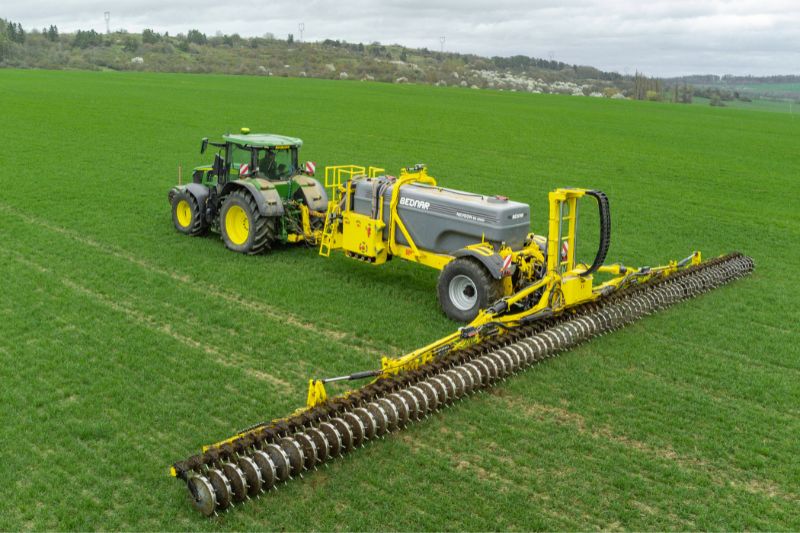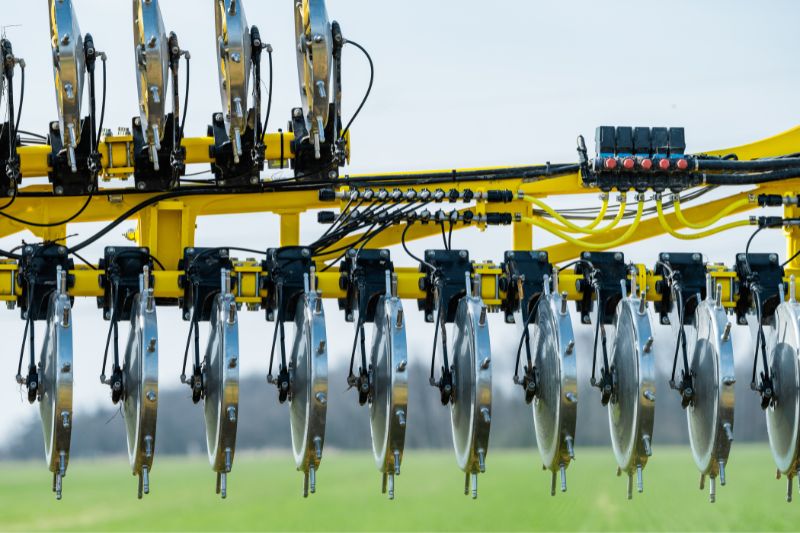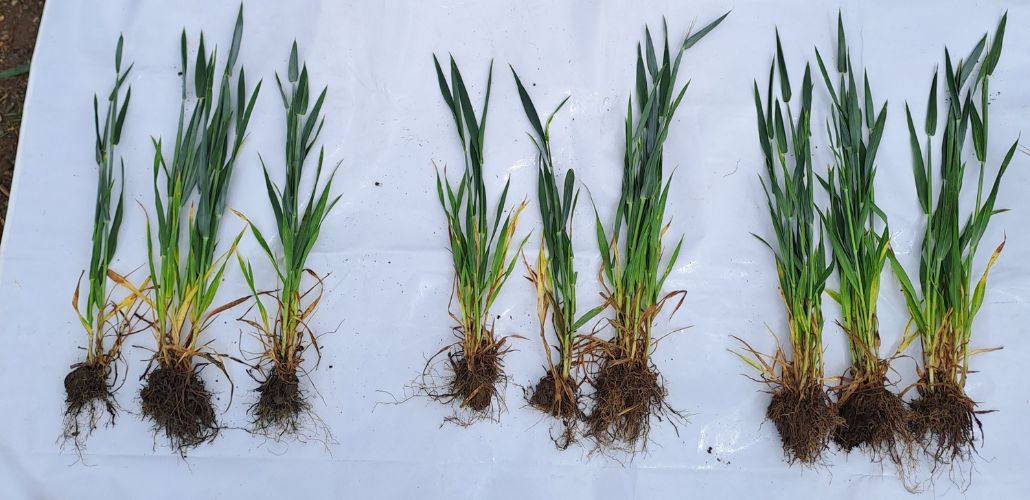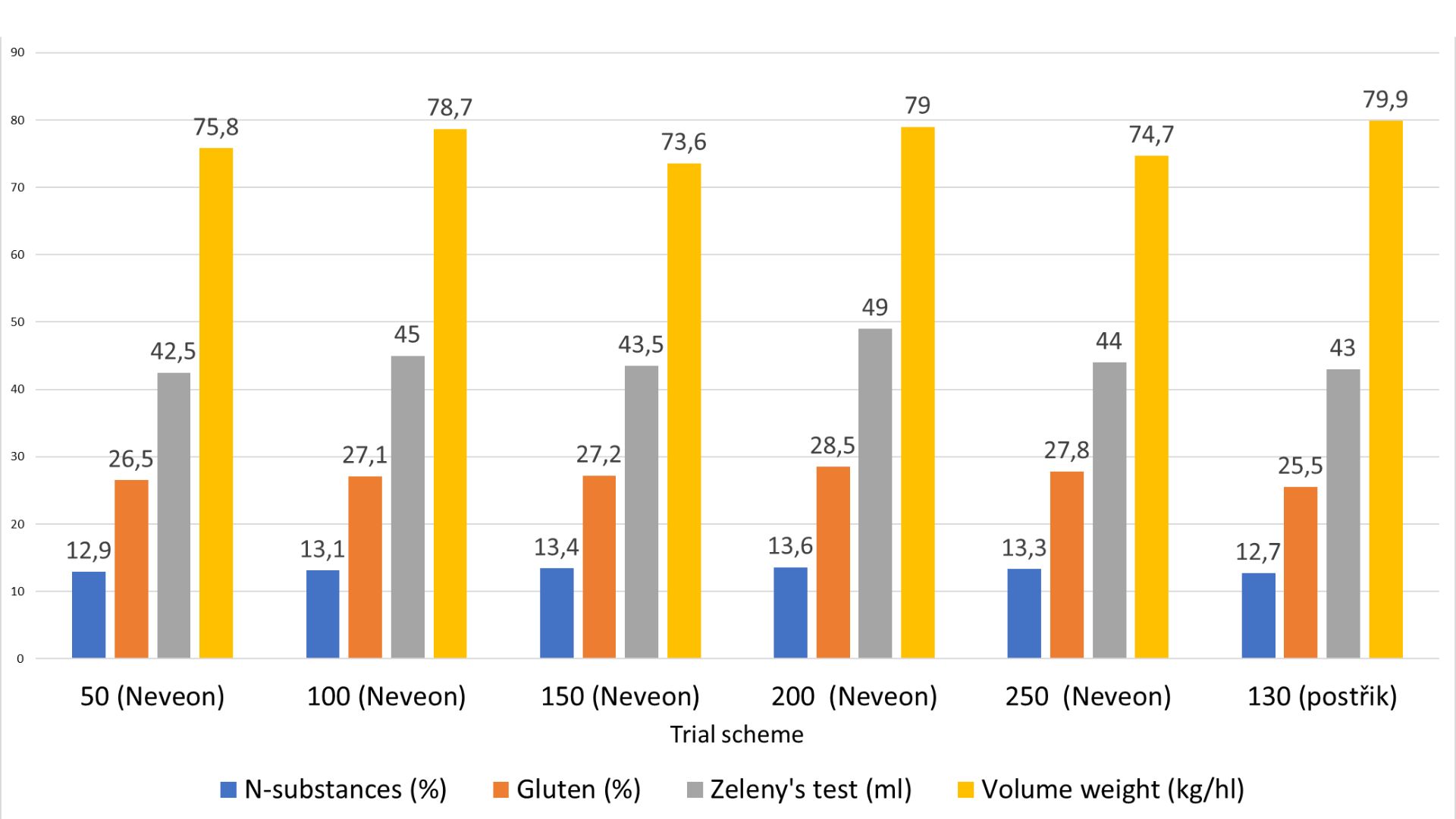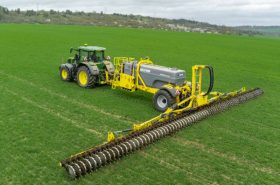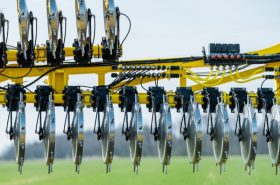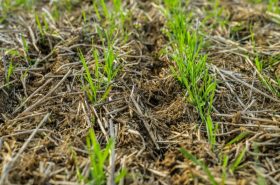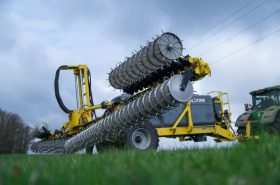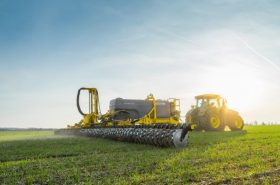The clear benefit is the well-timed application of liquid fertiliser directly into the soil, allowing for efficient plant utilization even with irregular rainfall. A key advantage is also the reduction of nitrogen fertiliser losses into the atmosphere. The liquid form of nitrogen fertiliser is more accessible to plants than solid mineral fertilisers applied on the soil surface. Moreover, it enables fertilisation in mulching systems, where the goal is to apply fertiliser beneath the mulch layer directly to the roots, avoiding rapid degradation of plant residues. A significant advancement in technology is the possibility of variable application, especially with the use of section control.
 BEDNAR FMT
BEDNAR FMT